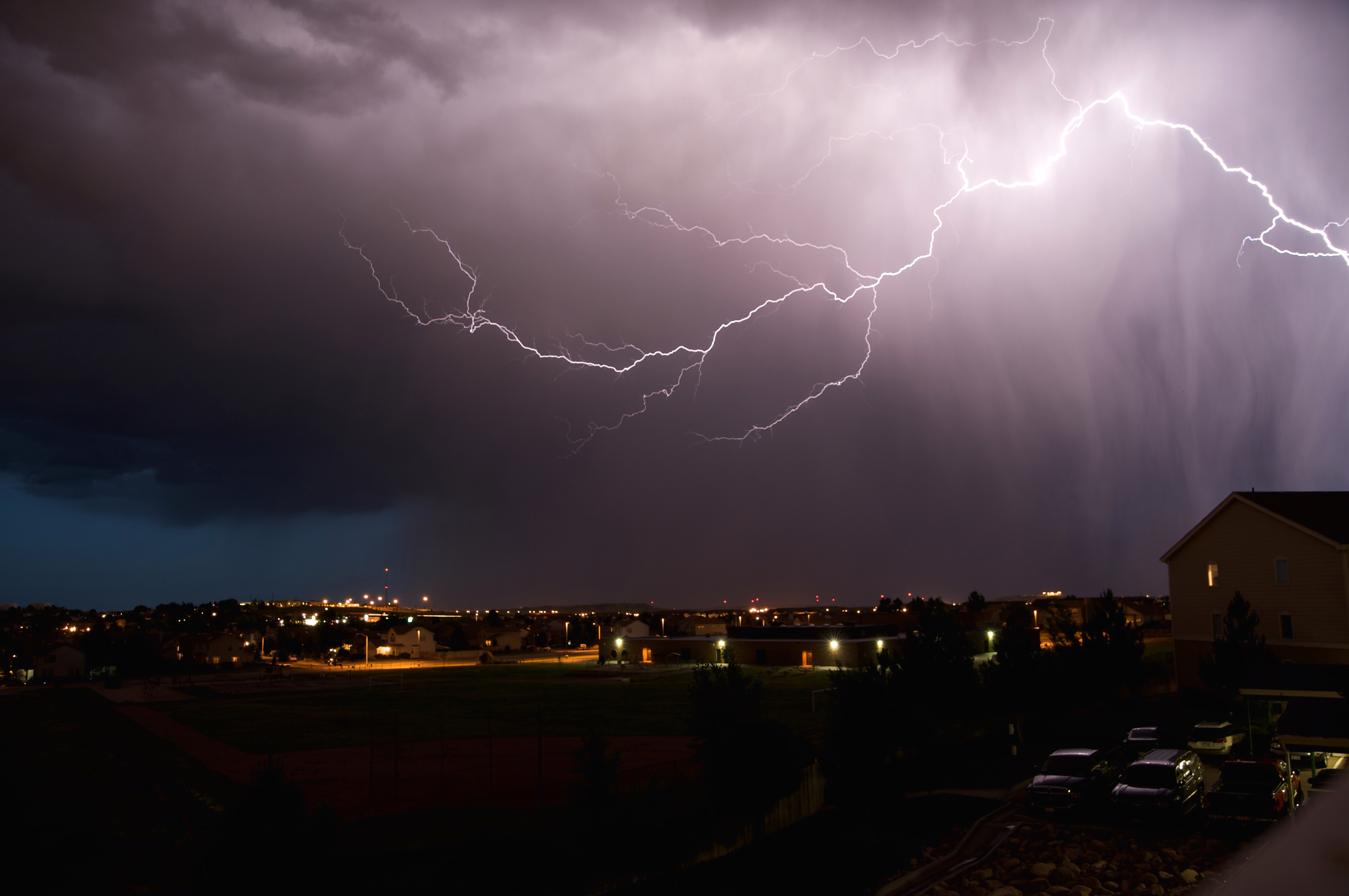As a homeowner, encountering storm damage to your roof can be a distressing experience. Whether it’s heavy rains, strong winds, or hailstorms, severe weather can wreak havoc on your roof, leading to leaks, missing shingles, or even structural damage. To help you navigate through this challenging situation, TS Close Contracting presents this comprehensive guide on how to handle roof storm damage effectively.
1. Safety First
Before assessing the damage, prioritize your safety. Wait until the storm has completely passed and it’s safe to venture outside. Watch out for downed power lines, broken tree limbs, and other hazards.
2. Assess the Damage
Once it’s safe, conduct a visual inspection of your roof from the ground. Look for missing or damaged shingles, dented vents or gutters, and any signs of water infiltration or sagging areas.
3. Document the Damage
Take photographs or videos of the damage for insurance purposes. Documenting the extent of the damage will help support your insurance claim and ensure you receive adequate compensation for repairs.
4. Contact Your Insurance Provider
Notify your insurance company as soon as possible about the roof storm damage. Provide them with detailed information and documentation of the damage. Understand your policy coverage and deductible to prepare for the claims process.
5. Schedule a Professional Inspection
While a visual inspection is essential, it’s advisable to hire a professional roofing contractor to conduct a thorough assessment. They can identify hidden damage and provide an accurate estimate for repairs or replacement.
6. Temporary Repairs
If there are minor leaks or exposed areas, consider making temporary repairs to prevent further damage. Use tarps or temporary patches to cover exposed areas until permanent repairs can be made.
7. Avoid DIY Repairs
While it may be tempting to tackle repairs yourself, roofing work can be dangerous and complex. Leave repairs to experienced professionals who have the necessary skills and equipment to ensure the job is done safely and effectively.
8. Choose a Reputable Contractor
When selecting a roofing contractor, opt for a licensed, insured, and experienced professional. Check their credentials, read reviews, and obtain multiple quotes before making a decision.
9. Stay Vigilant
Even after repairs are completed, continue to monitor your roof for any signs of damage or leaks, especially during the next storm season.
10. Invest in Preventative Maintenance
Regular roof inspections and maintenance can help prevent future storm damage. Consider scheduling annual inspections and addressing any issues promptly to extend the lifespan of your roof.
Dealing with roof storm damage requires a proactive approach and the assistance of qualified professionals. By following these expert tips, you can navigate the process smoothly and restore your roof to its optimal condition, ensuring the safety and comfort of your home for years to come. Remember, TS Close Contracting is here to support you every step of the way with our reliable roofing services.

